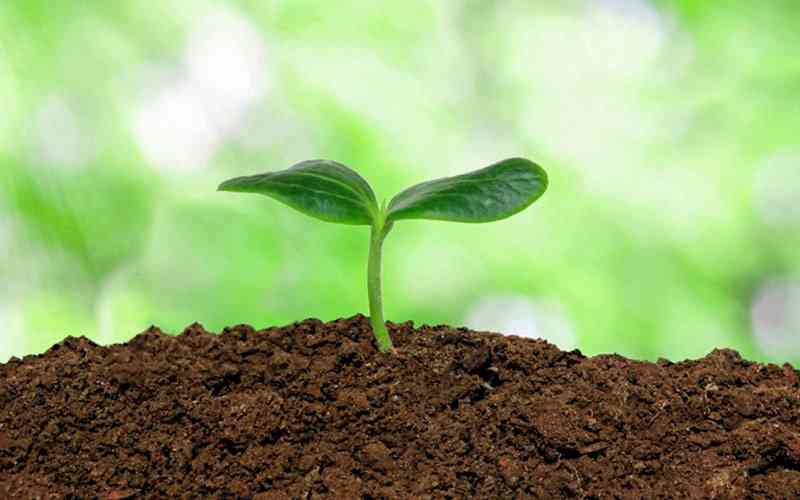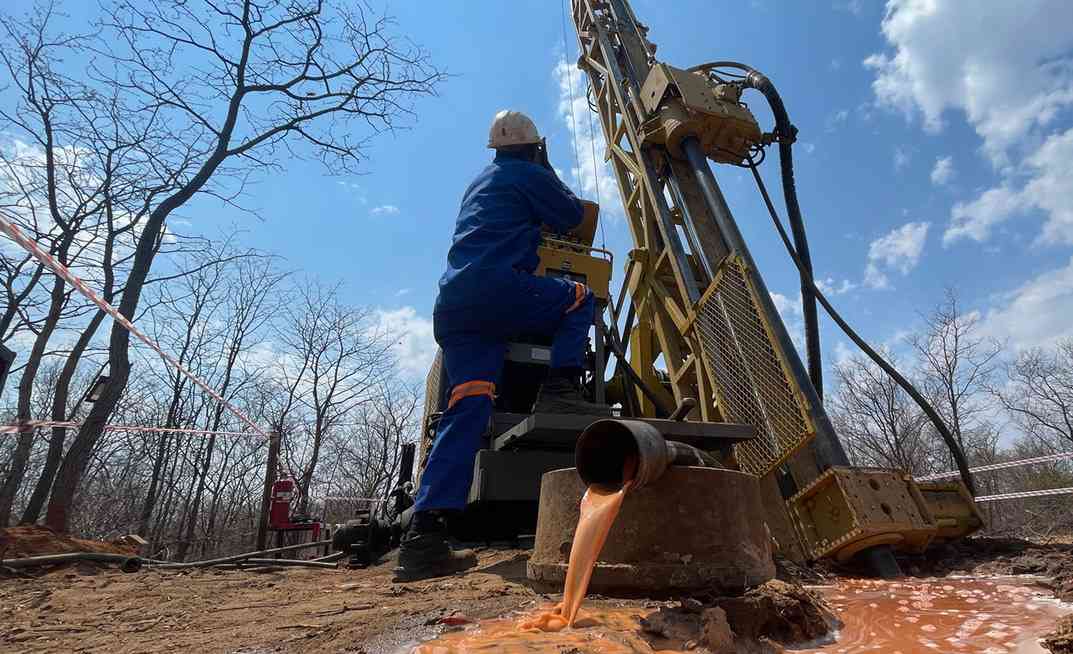
SOIL health directly affects water quality and quantity in many ways. Healthy soil has a greater ability to absorb and store water. When healthy soil can hold more water and allow it to filter slowly into the ground instead of running off, this decreases the water in surface water bodies and reduces the risk of flooding.
Healthy soil also reduces the amount of sediment and pollutants that enter nearby water resources. Soil serves as a natural filter for water, trapping and breaking down pollutants before they can reach streams, rivers, and other bodies of water.
That said, soil health influences the flow of water in a watershed. In areas with poor soil health, water tends to flow faster over the surface, causing erosion and carrying pollutants downstream. However, healthy soil slows water flow and reduces erosion risk, protecting water quality throughout the watershed.
In Zimbabwe, there are various ways in which soil health affects water quality and quantity. Many farmers have adopted sustainable land management practices such as conservation agriculture and agroforestry, which promote healthy soil and reduces erosion. These practices help to improve water infiltration and retention, reducing soil loss and water runoff.
Zimbabwe has many rivers and streams, but a number of them have been degraded over time due to deforestation, illegal mining and other human activities.
The government and various organisations have also initiated riparian (riverbank) rehabilitation programmes to restore ecosystems. This involves planting trees and other vegetation along riverbanks to prevent erosion and sedimentation, stabilise riverbanks and improve water quality.
Land degradation neutrality (LDN) is a global target to maintain or improve land productivity while reducing land degradation. To achieve LDN, there is need to intensify the promotion of sustainable land use practices, restoring degraded land, reducing deforestation, and protecting soil health.
These efforts will help to improve water quality and quantity throughout the country.
- COP26 a washout? Don’t lose hope – here’s why
- Out & about: Bright sheds light on Vic Falls Carnival
- COP26 a washout? Don’t lose hope – here’s why
- Out & about: Bright sheds light on Vic Falls Carnival
Keep Reading
The Environmental Management Agency (EMA) and numerous organisations in Zimbabwe are working tirelessly to promote environmental education and awareness, including the linkages between soil health and water quality.
This involves educating farmers and other stakeholders on the importance of sustainable land management practices, including land conservation, agroforestry, and responsible water use.
Indigenous knowledge is equally critical in improving soil health, water quality, and sustainable land management practices. Many indigenous communities over the years have developed local knowledge and practices for sustainable agriculture. For example, the Gwembe Tonga community in Binga district has developed a unique farming system known as the Tonga-Hungwe — a shifting cultivation technique practised since the 1800s. It involves crop rotation, intercropping, and the use of animal manure to maintain soil fertility.
Zimbabwe has a long history of traditional water-harvesting practices, such as constructing small reservoirs, stone lines, and contour trenches.
These techniques can improve water infiltration, reduce erosion, and help to replenish aquifers over time.
Many rural communities have established communal land-use management practices that regulate grazing, fire and resource extraction to promote ecologically sustainable practices. This helps prevent soil erosion, conserve nutrients, and maintain healthy water systems.
By incorporating indigenous knowledge systems into efforts to protect soil and water resources, Zimbabwe can promote sustainable land management practices that are both environmentally and culturally appropriate.
This can help to protect the country’s soil and water resources, while respecting the diverse knowledge systems of its indigenous people.
Additionally, there are various soil management practices that Zimbabwean rural farmers use to protect water quality, including storm drains, hill terracing, stone lining and shelter belts. Subsistence farmers in rural Zimbabwe often use simple, low-cost storm drain systems to manage water run-off and prevent soil erosion.
These systems typically consist of trenches dug into the soil along the edges of fields or garden beds to collect and channel water away from crops.
The trenches are usually dug in a zig-zag pattern, which helps to slow the flow of water, reduce erosion, and promote infiltration. The runoff water is eventually directed into a nearby stream or drainage channel. Farmers construct these trenches using locally available materials, such as hoes, shovels, or other simple tools.
They may also place stones or rocks into the trenches to slow down the flow of water and prevent erosion.
One example is the Zunde raMambo, a concept that promotes sustainable agriculture using local and traditional knowledge and conservational techniques such as stone-lining to combat soil erosion.
These simple storm drain systems are important tools for rural farmers in Zimbabwe, as they help to protect soil health and maintain water quality in local streams and rivers.
Hill terracing is building steps or benches on sloping land to reduce soil erosion and improve water retention.
Terracing helps slow water runoff, increase infiltration, and promote slope vegetation growth. This practice has been widely adopted in Zimbabwe, particularly in the high rainfall areas such as Nyanga, Mutasa, Vumba and Chimanimani, generally known as the Eastern Highlands, where local farmers commonly use hill terraces to reduce soil erosion and conserve moisture for potato and maize cultivation on steep hillsides.
Shelter belts, locally known as “windbreaks” or “hedgerows,” are rows of trees planted along the boundaries of farming fields, homesteads, or rivers to reduce wind and water movement.
These belts reduce soil erosion and slow down the movement of harmful pollutants.
Shelter belts also provide habitat and food for wildlife and can serve as a source of fuelwood and timber for local communities. The Jatropha curcas hedges planted as a windbreak in Midlands, Masvingo and Matabeleland South provinces increase soil fertility and reduce erosion.
Overall, these soil management practices are essential for water quality protection.
By reducing soil erosion and sedimentation, they help to maintain healthy soil and water systems, which ensures a sustainable future for the country’s agricultural sector and environmental resources.
While soil health contributes to food security and improved water quality, it is also a crucial tool in mitigating the effects of climate change.










